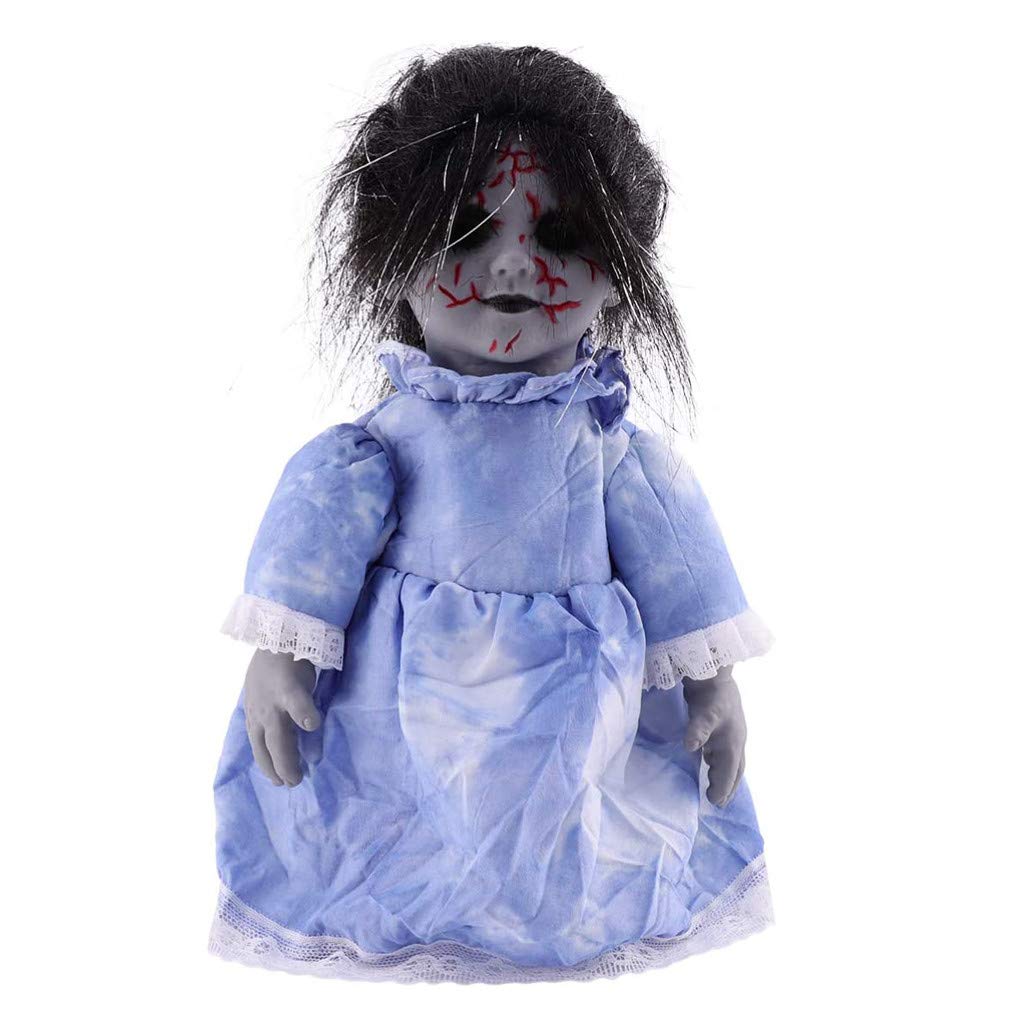Creepy dolls have become a staple of horror culture, inspiring fear, fascination, and even a sense of nostalgia. While many of these dolls are fictional, there are also real-life haunted dolls that have been the subject of legend and lore for generations. In this essay, we will explore the haunted history of creepy dolls and their real-life hauntings.

The Story of Robert the Doll
One of the most famous haunted dolls is Robert the Doll, a toy that was owned by a young boy in Key West, Florida in the early 20th century. Legend has it that the doll was given to the boy by a disgruntled servant who practiced voodoo, and that the doll became possessed by a malicious spirit. The doll is said to have caused all sorts of mayhem, including moving on its own, causing nightmares, and even attacking people.
The Curse of the Annabelle Doll
Another famous haunted doll is the Annabelle doll, which was featured in the Conjuring and Annabelle movie franchises. The real Annabelle doll is a Raggedy Ann doll that was said to be possessed by the spirit of a young girl. The doll was owned by a nurse, who claimed it would move on its own and leave cryptic messages. After a series of paranormal events, the doll is now housed in a museum in Connecticut.
The Possessed Pupa
The Pupa doll is another real-life haunted doll, with a history that dates back to the early 1900s. The doll is said to be possessed by the spirit of a girl who died of pneumonia, and has been known to move on its own and cause strange occurrences, such as objects moving and doors opening and closing on their own.
The Haunted Dolls of Island of the Dolls
The Island of the Dolls in Mexico is home to a collection of creepy dolls that are said to be haunted. The dolls were placed on the island by a man named Don Julian Santana, who claimed to have seen the ghost of a young girl on the island. The dolls are now a popular tourist attraction, with visitors claiming to hear the dolls whispering or moving on their own.
The Psychology of Haunted Dolls
The appeal of haunted dolls goes beyond the supernatural; it speaks to our own fears and anxieties. Dolls are often associated with childhood innocence, and when they are portrayed as malevolent, it creates a sense of cognitive dissonance that is both thrilling and scary. Additionally, the idea of a seemingly harmless object being capable of such malevolence taps into our primal fears of the unknown and the supernatural.
The Ethics of Haunted Dolls
While the stories of haunted dolls can be fascinating, it’s important to approach them with a critical eye. Many of these stories are based on legend and hearsay, and there is often little evidence to support them. Additionally, the portrayal of dolls with disabilities as inherently creepy or scary can be harmful and perpetuate harmful stereotypes.
Conclusion
The haunted history of creepy dolls and their real-life hauntings is a fascinating and complex topic. From Robert the Doll to the Pupa doll, haunted dolls have captured our imaginations and inspired fear and fascination for generations. While the psychology of why we are drawn to these eerie toys is complex, it speaks to our own fears and anxieties about the unknown and the supernatural. However, it’s important to approach these stories with critical thinking and to be mindful of harmful stereotypes.